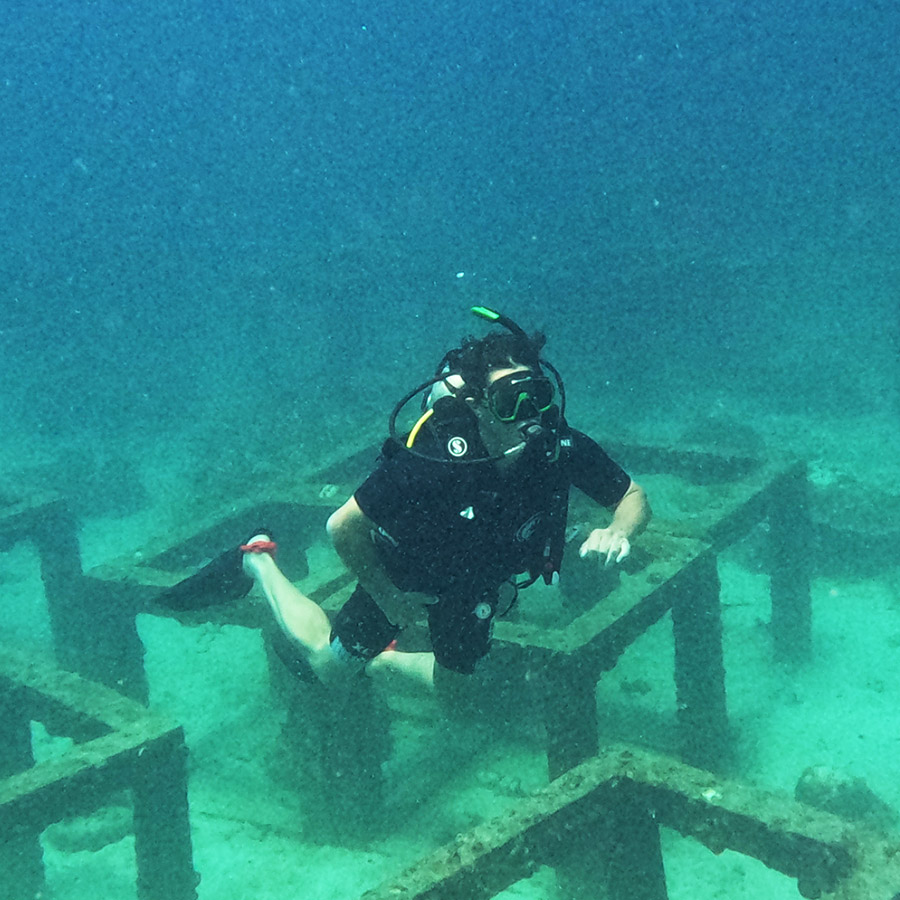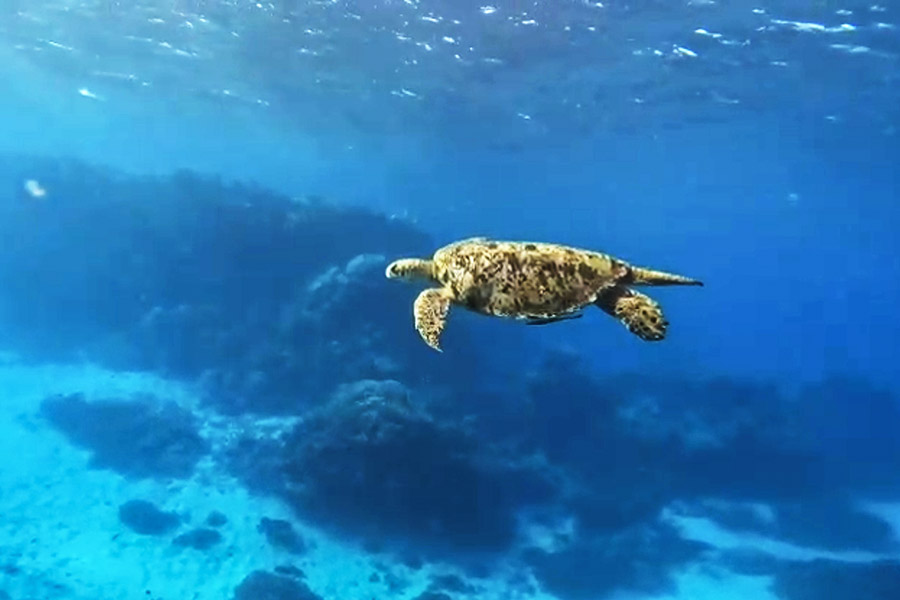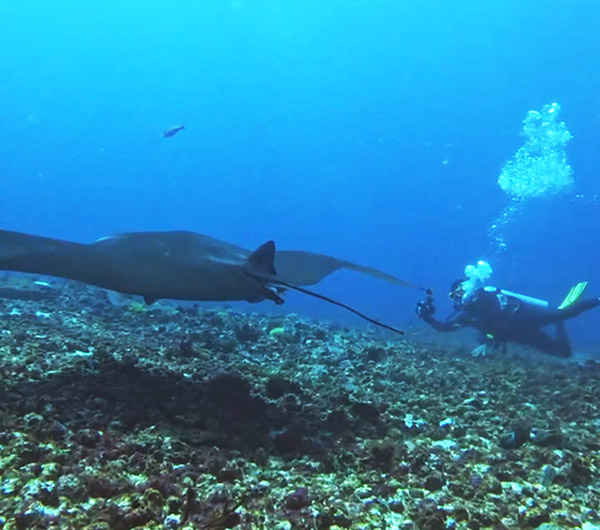By Mike Huber
Having found myself in Flores, Indonesia (one of the scuba diving meccas of Southeast Asia) I took it upon myself to dive as much as I could. On my second dive of the first day I saw some manta rays up close and personal and I managed to get a lot of sea urchin spines under my fingernails, hands, and pretty much everywhere. I was bleeding green as I was deep enough underwater that colors would change, and it looked like I had been rolling around in some saguaro cactus or been on the losing side of a fight with a porcupine. I had spines sticking out from every part of my wetsuit.
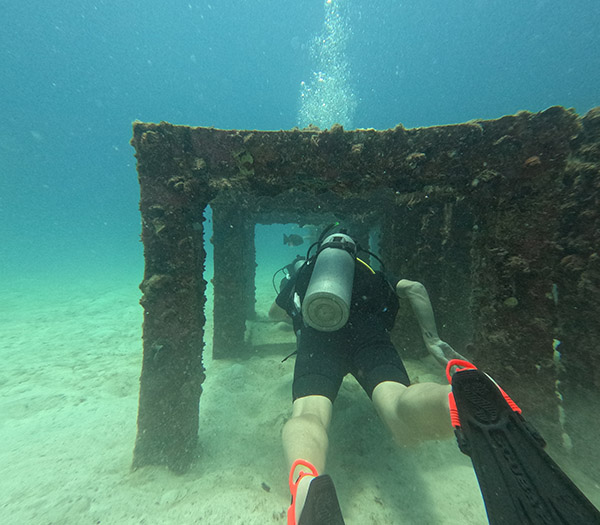
This was part of the adventure and part of the learning. What I didn’t expect was upon our ascent my air ran out, even though moments earlier I had checked and confirmed I was at about 25%. This was another “So this is how it ends” moment. There wasn’t much time to think about that as I was not prepared for running out of air. I figured I just had moments before I would black out due to no oxygen. Being about 10 meters deep I knew I could have just surfaced quickly to get air and many people probably would have done that. Well, just as in jumping out of airplanes, you train for these type of scenarios. Also, the approach is to take your time as you have the rest of your life to resolve the no air issues, just as you would with a parachute malfunction. The problem with that mindset is that the end of your life is only seconds away.
Fortunately, my dive partner was only a short swim away. I swam over to him as quickly as possible, signaled him I had no air, and calmly (I was actually panicking by this point) grabbed his secondary air hose, and took a much-needed breath in.
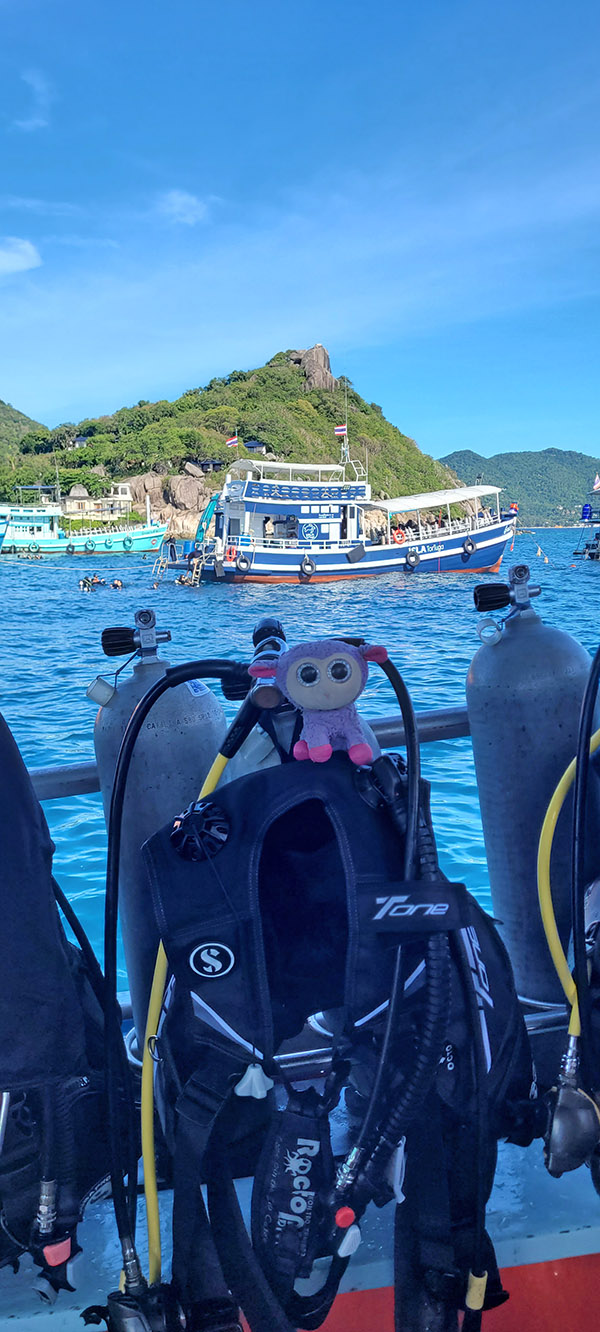
That first breath in was a relief on every level you can possibly imagine. We then performed our 3-minute safety stop off using both of his air supplies before we surfaced. Even with my fingers still bleeding from the sea urchin spines and having run out of air, I managed to make a couple jokes as we swam back to the safety of the boat. This is where we learned that my regulator was faulty and provided a false reading on the amount of air remaining. That was a bit of a relief that it wasn’t some rookie mistake by me.
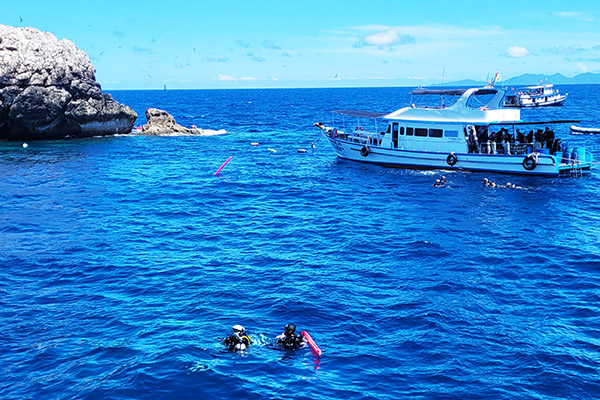
The joking ended on my next dive that day. As soon as I hit the water I had some massive anxiety about the no air issues and going under. It was so intense that everyone on the team had already submerged and I was just sitting there on the surface having fear to let the air out of my BCD to sink and join the rest.
After a few moments, it passed and I did join them. I don’t think I have ever swam as close to a dive partner as I did on that dive. My air barely lasted 32 minutes as my stress and anxiety were causing me to breathe faster, using up my air rather quickly. This was fine with me, as I really had no interest in staying underwater.
Once back on the boat, I was seriously thinking that scuba diving wasn’t for me and would bow out of it using one excuse or another. The lack of air experience was that traumatizing. I began to think back to the Army and our jumps. Whenever someone had a bad jump the best thing to overcome it was to put them on the very next jump ton regain their confidence so they could continue to be effective. Since diving and jumping had so many parallels, I thought this would be the best way. I booked three more dives the next day with the mindset if I didn’t overcome it I would quit diving. I owed it to myself to give it one more try.

